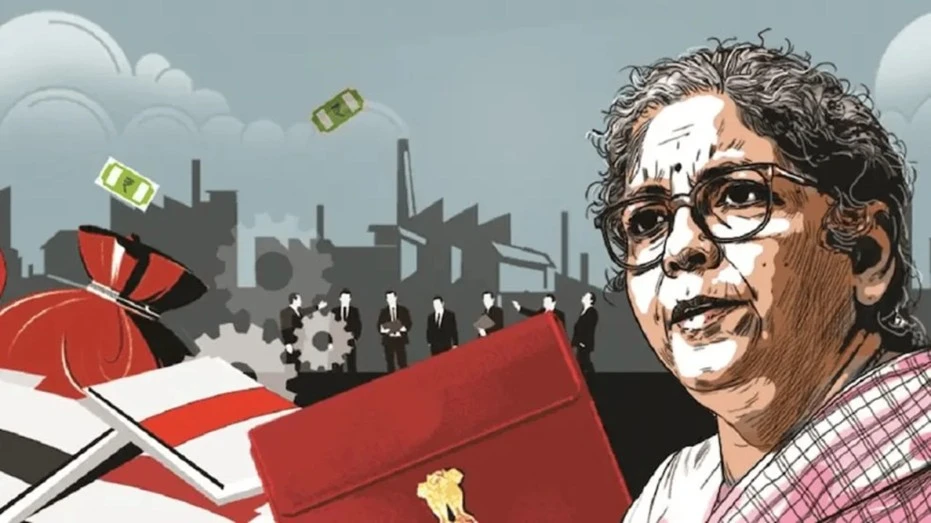In a landmark announcement, Finance Minister Nirmala Sitharaman has unveiled major changes to India’s income tax structure. Under the new tax regime, individuals earning up to ₹12 lakh annually will now pay zero tax.
The move aims to make India’s tax system more equitable, growth-oriented, and supportive of the middle class.
New Income Tax Slabs (2024–25)
Under the revised regime, the income tax rates will be:
| Annual Income Range | Tax Rate |
|---|---|
| ₹0 – ₹4 lakh | Nil |
| ₹4 – ₹8 lakh | 5% |
| ₹8 – ₹12 lakh | 10% |
| ₹12 – ₹16 lakh | 15% |
| ₹16 – ₹20 lakh | 20% |
| ₹20 – ₹24 lakh | 25% |
| Above ₹24 lakh | 30% |
Why This Change Matters
India’s income tax rates have evolved over decades, influenced by economic growth, inflation trends, and public needs. Adjustments in tax slabs directly affect disposable income, consumer spending, and overall economic activity.
By raising the zero-tax threshold to ₹12 lakh, the government is putting more money in the hands of taxpayers, especially the middle-income group.
Historical Timeline of Major Income Tax Changes
- 1997–98: The First Big Reform
Then Finance Minister P. Chidambaram restructured tax rates. Income above ₹5 lakh was taxed at 40%, the highest rate at the time. - 2009–10: Surcharge Removal
The surcharge on personal income tax was abolished. However, in 2010–11, a 10% surcharge was reintroduced on income above ₹10 lakh. - 2014–15: New Regime Introduced
The Modi government rolled out a revised system. Income up to ₹2.5 lakh was tax-free, ₹2.5–₹5 lakh was taxed at 10%, and ₹5–₹10 lakh at 20%. - 2018–19: Health & Education Cess Raised
The cess increased to 4%, adding to the burden of higher earners. New slab structures also came into effect. - 2020–21: COVID-19 Relief Measures
Certain taxes were deferred to support citizens during the pandemic, though high-income slabs remained unchanged. - 2021–22: Stability in Rates
Rates remained stable, but targeted increases were applied to higher income categories.
Current Situation Before the Latest Change
Before this announcement, in the 2024–25 new regime:
- No tax on income up to ₹3 lakh
- 5% on ₹3–₹7 lakh
- 10% on ₹7–₹10 lakh
- 15% on ₹10–₹12 lakh
The latest revision significantly widens the zero-tax band and reduces rates for mid-income earners.
Economic Impact & Public Response
Experts believe the move will:
- Boost consumer spending by increasing disposable income
- Provide relief to the middle class and salaried employees
- Encourage voluntary tax compliance due to lower burden
However, some economists caution that government revenue from direct taxes could decline unless offset by higher consumption-driven GST collections.
Conclusion
The revised income tax slabs mark a historic shift in India’s fiscal policy, easing the burden for millions of taxpayers. Whether this move will lead to a surge in economic activity or strain the exchequer remains to be seen, but for now, it’s a clear win for the Indian middle class.
